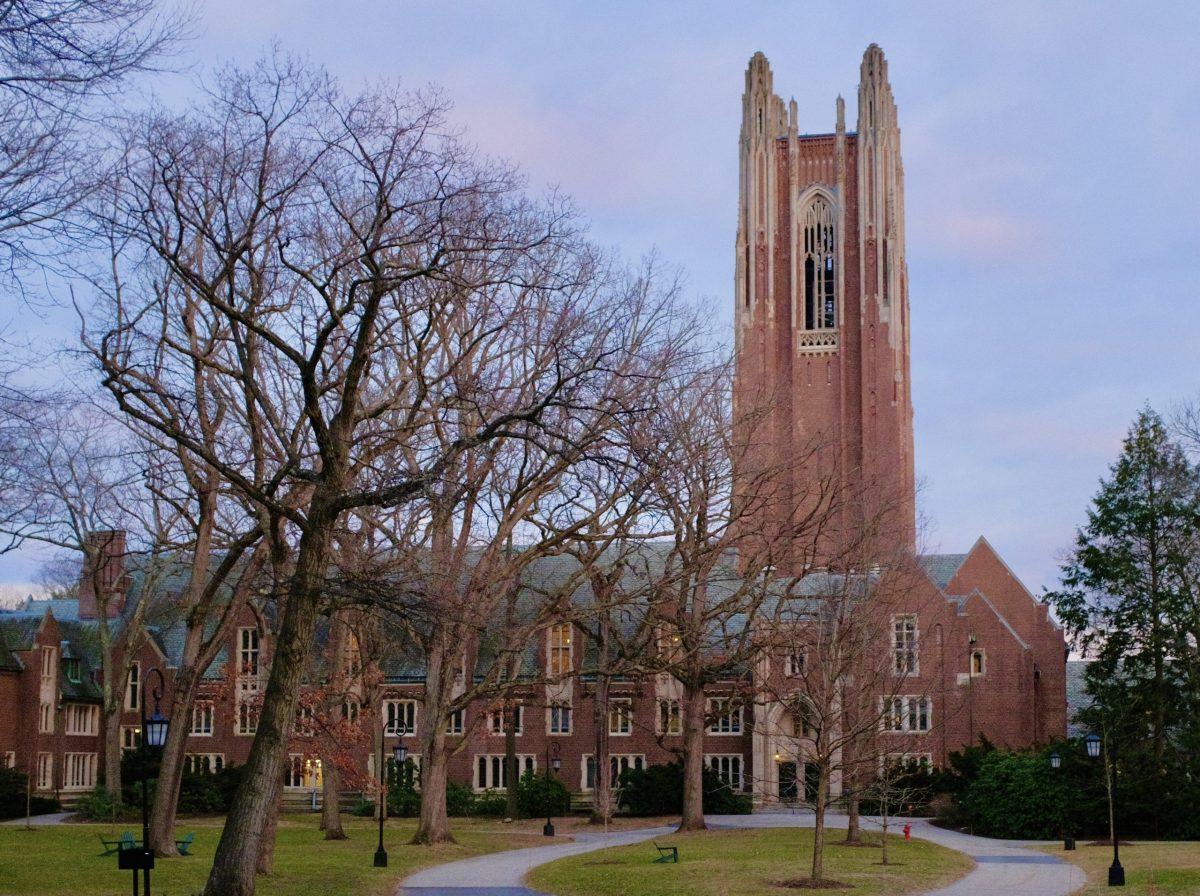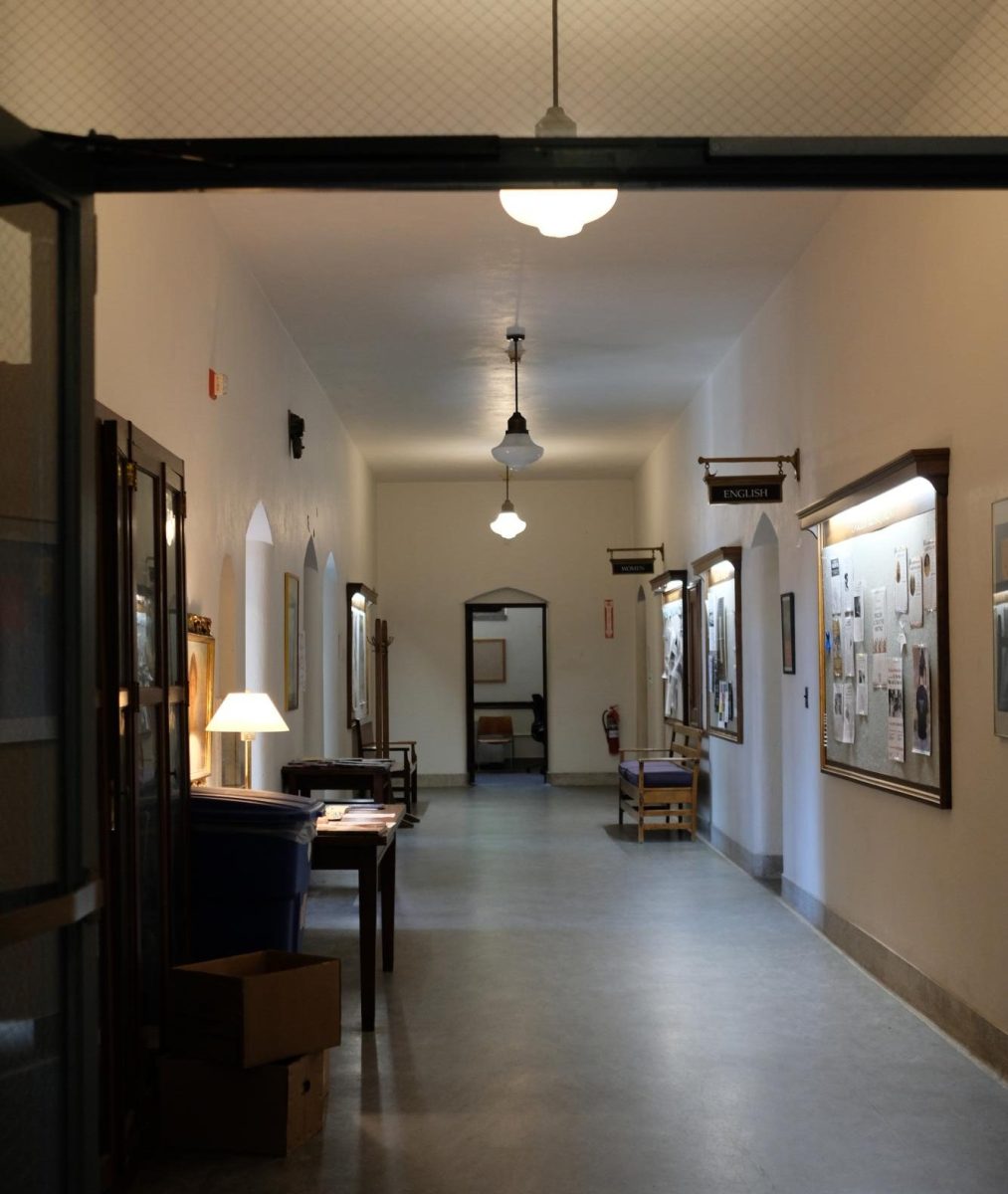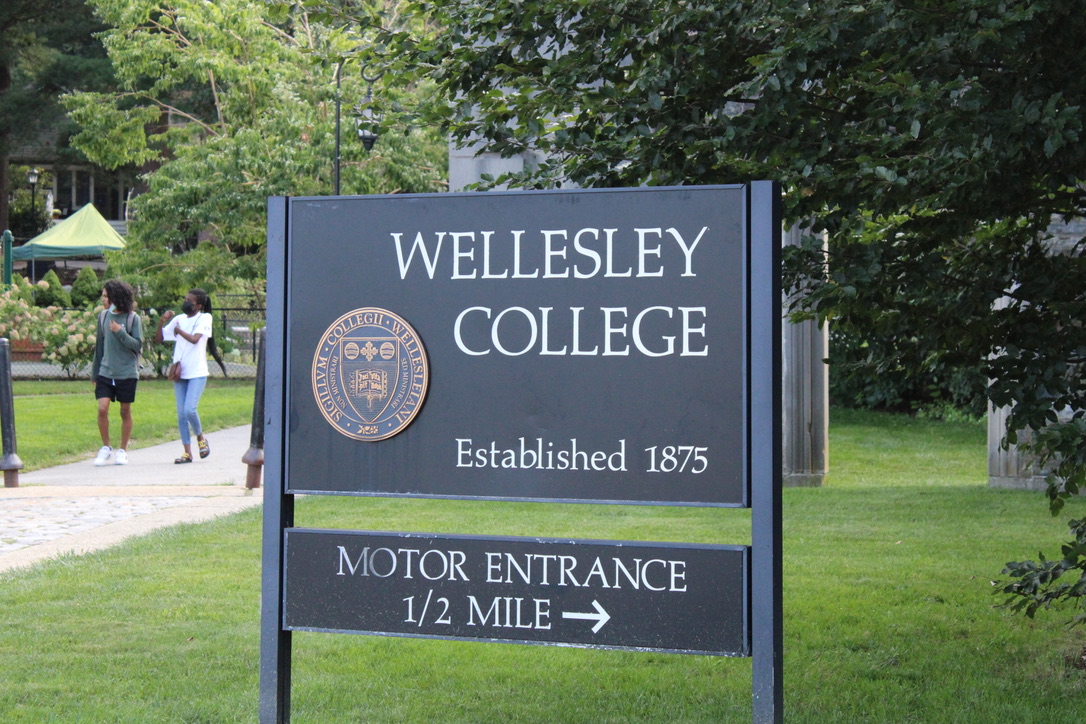With the start of the 2023 fall semester, students may have noticed two slight changes within the academic departments: the consolidation of the Astronomy and Physics departments and the merging of the French and Italian departments.
The merging of the Astronomy and Physics departments is aimed at strengthening the resources offered by both departments and fostering a larger community for both students and faculty to collaborate. Wellesley’s Astronomy and Physics departments were initially housed in the same department from Wellesley College’s founding in 1875 until 1901. The decision to separate these departments in the first place was unusual, and now, 122 years later, the College is returning to a model similar to other liberal arts colleges such as Amherst and Swarthmore College.
Associate Professor of Astronomy and Vice Chair of the newly merged Physics and Astronomy Department, Wesley Andrés Watters, feels optimistic about the merger.
“There is a very natural synergy in the way students are mentored academically, on research projects, and regarding the next steps after college,” he said. “We wanted to formalize the ties based on our mutual interests and coordinate far more closely than we have done in the past.”
This year, three new faculty members joined the new merged department: Lamiya Mowla, Samantha Lewis and Zach Addison. New course offerings that bridge the intersection of astronomy and physics will largely be influenced by the interests and expertise of these younger faculty members.
Additionally, James Battat, associate professor of physics, explains that the student experience will remain largely unchanged. “In many ways, the student experience will look the same as it did before. We still have astronomy courses (ASTR) and physics courses (PHYS), and we continue to support the same majors and minors as before (Astronomy, Physics and Astrophysics). On the other hand, we hope that the formal unification of our departments will enhance the student experience in terms of mentorship and pathways through those three majors/minors. We also look forward to regular events that bring together our astro-leaning and physics-leaning faculty and students.”
Shortly after the announcement of the Physics and Astronomy merger, the French and Francophone Studies department announced that it would be merging with the Italian Studies department. Many students did not see this as a surprise, as several languages are already grouped; for instance, Spanish and Portuguese are housed in the same department, along with Chinese, Japanese and Korean.
According to Scott Gunther, associate professor of French and chair of the new joint department, current students shouldn’t be able to notice any difference compared to last year. The department curriculums will stay independent from each other, but Gunther is hopeful that in the future, the merger of the departments will allow for an expansion of curriculum that goes beyond national borders. For example, the department has been approved for a new hire as of next year. Their focus will be on Medieval Renaissance studies and Dante. This class will involve the overlap of both French and Italian curricula. Furthermore, the new joint department hopes to use this merge to improve faculty and staff communication, allowing for my joint work and combined resources to develop new language pedagogy strategies.
The joint department recently put together an open roundtable discussion in French House on Oct. 18 featuring Serena Bassi, assistant professor in Italian Studies at Yale University, and Louisa Mackenzie, associate professor in the comparative history of ideas program at the University of Washington. The department hopes to be able to continue to put together events similar to this one with focuses on both Italian and French studies.




